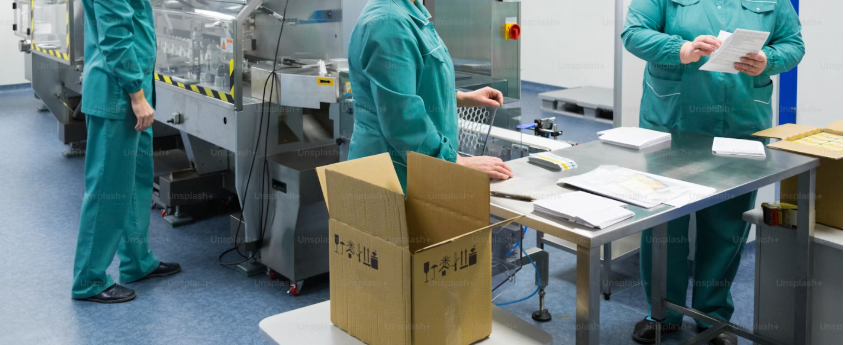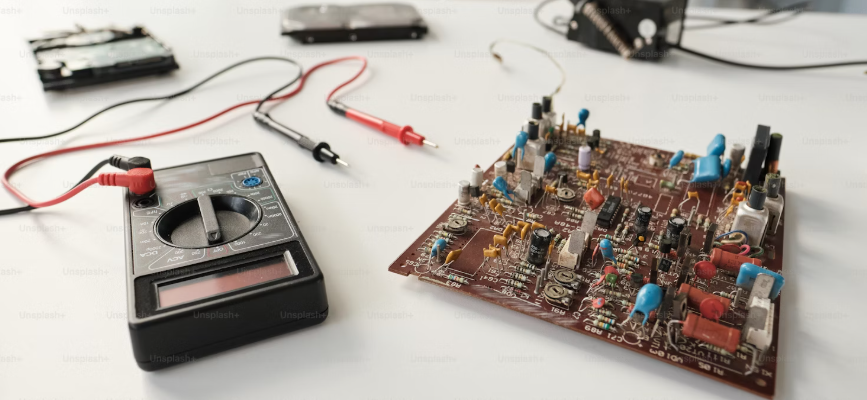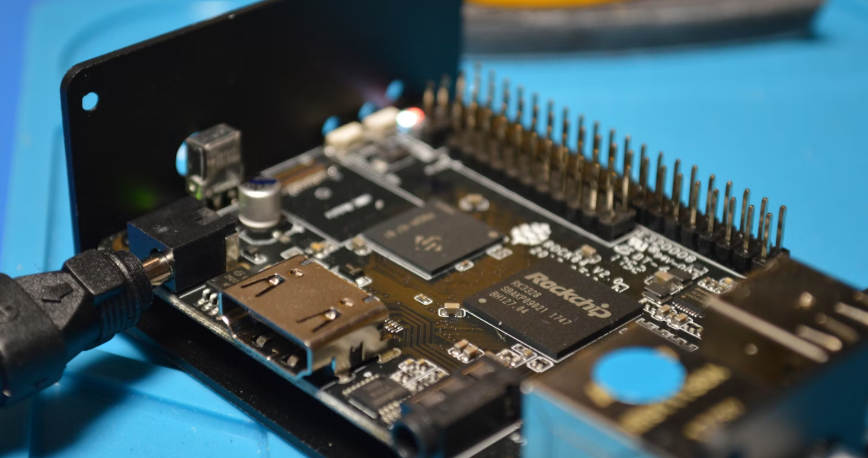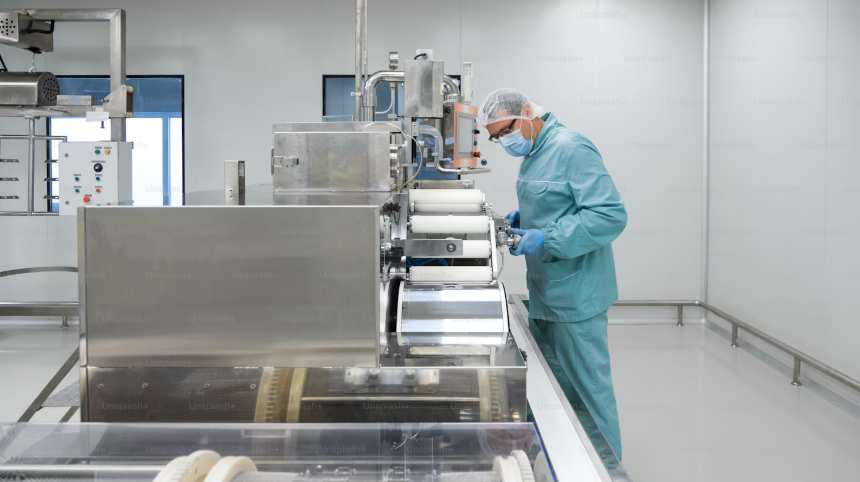Design transfer is a pivotal stage in the medical device development process. It bridges the gap between product design and manufacturing, ensuring that the design intent is fully realized in production. A smooth design transfer minimizes delays, reduces costs, and ensures regulatory compliance. This comprehensive guide will walk you through strategies and best practices for a seamless design transfer process.
Table of Contents
Comprehensive Checklist: Ensuring Smooth Design Transfer for Medical Devices
1. Planning and Preparation
- Define Design Transfer Objectives: Clearly outline goals, success criteria, and timelines.
- Assemble a Cross-Functional Team: Include representatives from design, manufacturing, quality, and regulatory teams.
- Develop a Design Transfer Plan: Document the scope, deliverables, responsibilities, and milestones.
- Identify Key Stakeholders: Ensure alignment with external partners, such as contract manufacturers.
2. Documentation and Records
- Design History File (DHF): Ensure the DHF is complete and up-to-date, including all design iterations and decisions.
- Device Master Record (DMR): Prepare the DMR with detailed specifications, including materials, manufacturing processes, and assembly instructions.
- Risk Management File: Confirm that all identified risks are documented and mitigated as per ISO 14971.
- Change Management Records: Document and approve all design changes and updates.
3. Design Review and Verification
- Conduct Design Reviews: Perform formal reviews to verify that the design meets user and regulatory requirements.
- Verify Production Feasibility: Ensure that the design is manufacturable at scale without compromising quality.
- Validate Specifications: Confirm that all component specifications are clear and achievable.
4. Design for Manufacturability (DFM)
- Optimize Design for Production: Simplify the design to reduce manufacturing complexity and costs.
- Select Compatible Materials: Ensure that materials are durable, biocompatible (if applicable), and readily available.
- Standardize Components: Use off-the-shelf parts where possible to simplify sourcing and reduce lead times.
- Align with Manufacturing Capabilities: Collaborate with manufacturing teams to align design features with production capabilities.
5. Process Validation
- Install and Test Equipment: Conduct Installation Qualification (IQ) to verify that all equipment is correctly installed.
- Validate Processes: Perform Operational Qualification (OQ) to test processes under expected operating conditions.
- Run Production Trials: Conduct Performance Qualification (PQ) to confirm consistent output under real-world conditions.
- Document Validation Activities: Maintain detailed records of all validation tests for regulatory compliance.
6. Training and Knowledge Transfer
- Develop Work Instructions: Create clear and detailed instructions for manufacturing and assembly processes.
- Train Manufacturing Teams: Conduct hands-on training sessions to ensure operators understand the device and processes.
- Provide Maintenance Guidelines: Offer detailed documentation for equipment maintenance and troubleshooting.
7. Regulatory Compliance
- Align with Standards: Ensure compliance with ISO 13485, FDA guidelines, and other relevant standards.
- Prepare Regulatory Submissions: Include comprehensive design transfer documentation in regulatory filings.
- Conduct Pre-Submission Meetings: Engage with regulatory bodies early to clarify expectations and address potential gaps.
8. Pilot Manufacturing
- Run Small-Scale Production: Produce a pilot batch to identify potential issues before full-scale manufacturing.
- Test Devices: Perform rigorous testing on the pilot batch to validate quality and functionality.
- Refine Processes: Address inefficiencies and refine manufacturing workflows based on pilot results.
9. Quality Assurance
- Implement Quality Control Measures: Establish checkpoints throughout the production process to catch defects early.
- Monitor Key Metrics: Track yield rates, defect percentages, and cycle times to ensure consistent quality.
- Update Risk Management Files: Reflect real-world findings in risk assessments and mitigation strategies.
10. Post-Transfer Monitoring
- Monitor Initial Production Runs: Closely observe the first production cycles to ensure smooth scaling.
- Collect Feedback: Gather input from production teams, suppliers, and end-users to identify improvement areas.
- Implement Continuous Improvement: Use Kaizen principles to iteratively improve processes and address new challenges.
Bonus Tips for Success
- Leverage Digital Tools: Use PLM (Product Lifecycle Management) software to streamline documentation and communication.
- Involve Contract Manufacturers Early: Collaboration with external partners from the outset can prevent misalignments.
- Plan for Contingencies: Build flexibility into your plan to accommodate unexpected delays or changes.
What Is Design Transfer?
Design transfer is the process of transitioning a medical device design from the development phase to manufacturing. It involves translating design specifications into production processes, instructions, and quality assurance protocols. Effective design transfer ensures that the final product meets the original design intent, complies with regulations, and aligns with market needs.
1. Plan Early for Design Transfer
Integrate Design Transfer Into Development
Design transfer is not a one-time event but an ongoing process that should be considered from the earliest stages of product development. By integrating manufacturability and transfer considerations into the design phase, you can avoid costly redesigns later.
Key Steps
- Include manufacturing experts in the design team from day one.
- Identify potential production challenges early and address them proactively.
- Develop a high-level design transfer plan during the initial project phases.
2. Maintain Robust Documentation
Documentation is the backbone of a successful design transfer. Comprehensive and organized records ensure that all stakeholders have access to the necessary information for production.
Essential Documentation
- Design History File (DHF): Contains the complete history of design development.
- Device Master Record (DMR): Details the specifications, manufacturing processes, and quality standards for the device.
- Risk Management File: Outlines potential risks and mitigation strategies throughout the product lifecycle.
Actionable Tips
- Use digital tools like PLM (Product Lifecycle Management) software to centralize documentation.
- Conduct regular documentation reviews to ensure accuracy and completeness.
3. Collaborate Across Teams
Smooth design transfer requires cross-functional collaboration between design, engineering, manufacturing, and quality assurance teams.
Foster Communication
- Host regular meetings between design and manufacturing teams to align objectives.
- Establish clear roles and responsibilities for each phase of the transfer process.
Involve External Stakeholders
If you are working with a contract manufacturer (CM), involve them early to ensure alignment on production requirements.
4. Focus on Design for Manufacturability (DFM)
Design for Manufacturability (DFM) ensures that the medical device design can be efficiently and cost-effectively produced at scale.
Key Principles of DFM
- Simplify designs to reduce production complexity.
- Minimize the number of components to streamline assembly.
- Select materials that are readily available and suitable for large-scale production.
Best Practices
- Conduct DFM reviews at each major design milestone.
- Use 3D modeling and simulation tools to identify potential production issues.
5. Validate Production Processes
Before full-scale production begins, all manufacturing processes must be validated to ensure consistency and compliance.
Steps in Process Validation
- Installation Qualification (IQ): Verify that equipment and installations meet specifications.
- Operational Qualification (OQ): Test equipment and processes under expected operating conditions.
- Performance Qualification (PQ): Demonstrate that the production process consistently produces products that meet quality standards.
Tips for Success
- Use pilot runs to identify and resolve any process inefficiencies.
- Document all validation activities thoroughly to meet regulatory requirements.
6. Address Regulatory Requirements
Regulatory compliance is a critical aspect of design transfer. Missteps can result in delays, fines, or product recalls.
Regulatory Considerations
- Ensure your Quality Management System (QMS) complies with standards like ISO 13485.
- Maintain a complete Device Master Record (DMR) as required by the FDA and other regulators.
- Align with country-specific regulatory requirements for international markets.
Leverage Pre-Submission Meetings
Engage with regulatory bodies like the FDA early in the process to clarify compliance expectations.
7. Train Manufacturing Teams
Training ensures that production teams understand the device design and manufacturing processes.
Effective Training Programs
- Develop detailed work instructions and visual aids for assembly processes.
- Conduct hands-on training sessions to familiarize teams with production workflows.
- Include quality control and risk management training to emphasize compliance.
8. Monitor Post-Transfer Performance
The design transfer process does not end when manufacturing begins. Post-transfer monitoring ensures that production remains aligned with the design intent.
Key Metrics to Track
- Production yield and defect rates.
- Cycle times and throughput.
- Feedback from quality assurance and end-users.
Iterative Improvements
Use insights from production and field performance to refine designs and manufacturing processes.
Common Design Transfer Pitfalls to Avoid
- Inadequate Documentation: Missing or incomplete records can delay production and complicate audits.
- Poor Communication: Misalignment between teams can lead to costly errors.
- Neglecting DFM Principles: Overly complex designs increase production costs and risks.
- Rushed Process Validation: Skipping thorough validation can result in inconsistent product quality.
Conclusion
A smooth design transfer is essential for bringing high-quality medical devices to market efficiently. By planning early, maintaining robust documentation, fostering collaboration, and focusing on manufacturability, you can streamline the transition from design to production. Coupled with thorough process validation, regulatory compliance, and post-transfer monitoring, these strategies ensure that your medical device not only meets design intent but also satisfies market and regulatory demands.
For a deeper dive into medical device engineering and its role in commercialization, check out this comprehensive guide on optical medical device development. It explores practical strategies to bring innovative devices to market effectively.
Are you ready to optimize your design transfer process? Let’s work together to ensure your medical device transitions to manufacturing seamlessly.




 430 Park Ave, New York, NY 10022, USA
430 Park Ave, New York, NY 10022, USA Paevalille tn 6, Office 84, Estonia, Tallinn, 13517
Paevalille tn 6, Office 84, Estonia, Tallinn, 13517 Barykadna St 7, Dnipro, Ukraine, 49000
Barykadna St 7, Dnipro, Ukraine, 49000